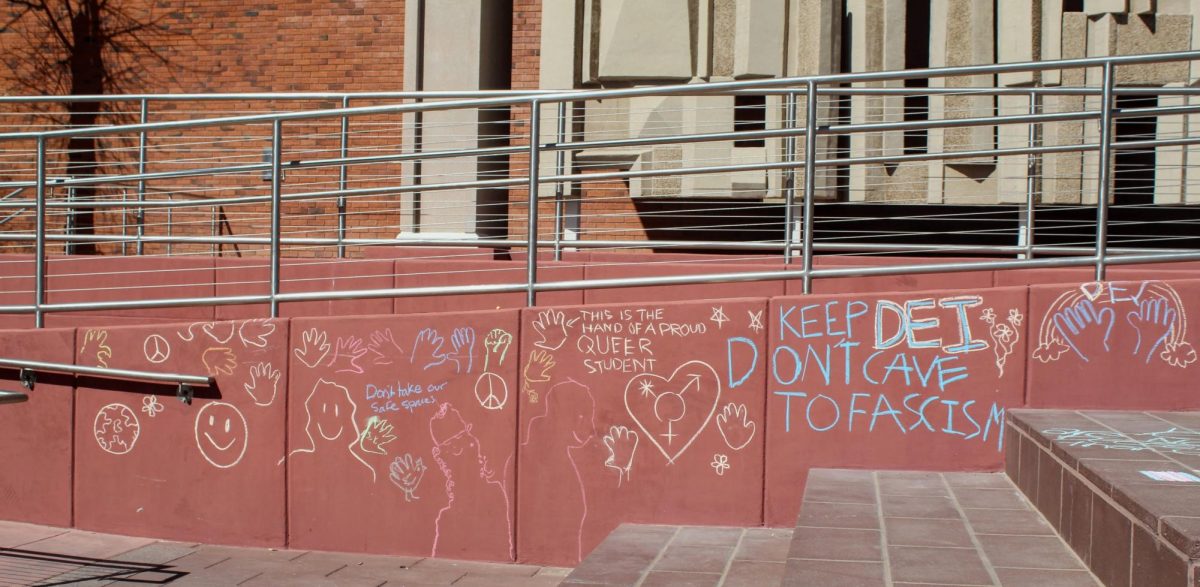A UA assistant professor in the School of Landscape Architecture and Planning has co-authored the first study to examine implicit racial bias in crosswalks.
Researcher and transportation planning expert Arlie Adkins worked with Portland State University researchers on a multi-university research team that found “racial bias in driver yielding behavior at crosswalks.”
Adkins worked with Kimberly Kahnan assistant professor of social psychology for Portland State University and Tara Goddard, a Portland State University urban studies doctoral candidate.
Adkins said that the idea for the study came about through conversations with Goddard about how drivers treat pedestrians. The two had previously been in the same doctoral program at Portland State.
“This was sort of a preliminary study looking at something that had not been explored in the context of crosswalks before,” Adkins said. “There has been a lot of research into the effects of implicit racial bias in areas from job hiring to health care provisions. This was just two transportation experts and a social psychologist coming together to see if some if these biases that we see in other areas showed up in crosswalks.”
Adkins said their experiment was controlled in order to isolate race as the independent variable.
The study found that black participants not only experienced 32 percent longer waits before drivers yielded, they are twice as likely as white people to be passed by two or more cars.
Adkins said the experiment took place in downtown Portland, near a college campus with a marked crosswalk.
He said that, although the experiment showed drivers exhibiting consistent behavior implying implicit bias, the researchers did not have any contact with the drivers and can not say for certain that it was implicit bias.
Tomiko Clough, a nutritional science freshman at the UA, said that although she found the study’s findings interesting, she does not think it’s true.
Clough said she is half black and half Native American and has never had a problem with people stopping before. She added that, if anything, she sees pedestrians not paying attention to drivers.
Halle Minkler, a psychology sophomore, said she does not think there is any racial bias in crosswalks, especially on campus since there is a lot going on and everyone is immersed in their own activities.
“Honestly, other than everyone’s innate tendency to automatically judge everyone around them, no one really cares enough to be racist while walking on the sidewalks,” Minkler said.
Minkler said this first study has significant and sufficient results and evidence, but she really would like to see it repeated with a larger sample size across a wider range of locations.
Adkins said his team is expanding their research, and although they have not gained the resources to look at other ethnicities, they are expanding to look at different types of crosswalks and maybe even different locations.
“One of the questions we’re interested in more on the transportation-planning side of things is what we can do with the different types of crosswalks and signage that might make the experience more the same for pedestrians,” Adkins said.
Adkins said this research is important because people are vulnerable while walking around on the streets.
“Even though we’re not saying that the differences that we observe based on race contributed to those fatalities, I do think it’s important to look at how and why people are treated differently,” Adkins said.
Follow Chastity Laskey on Twitter








